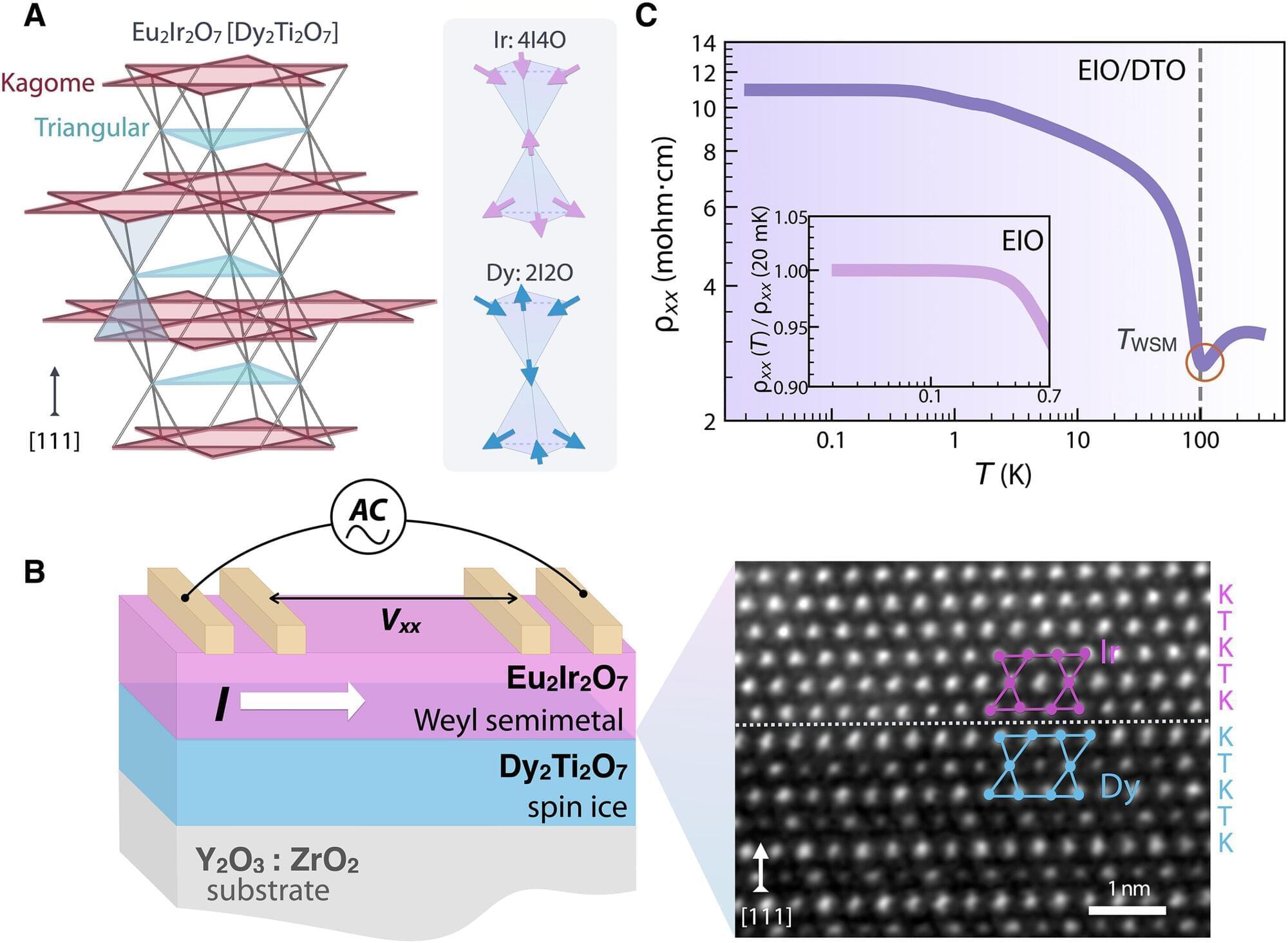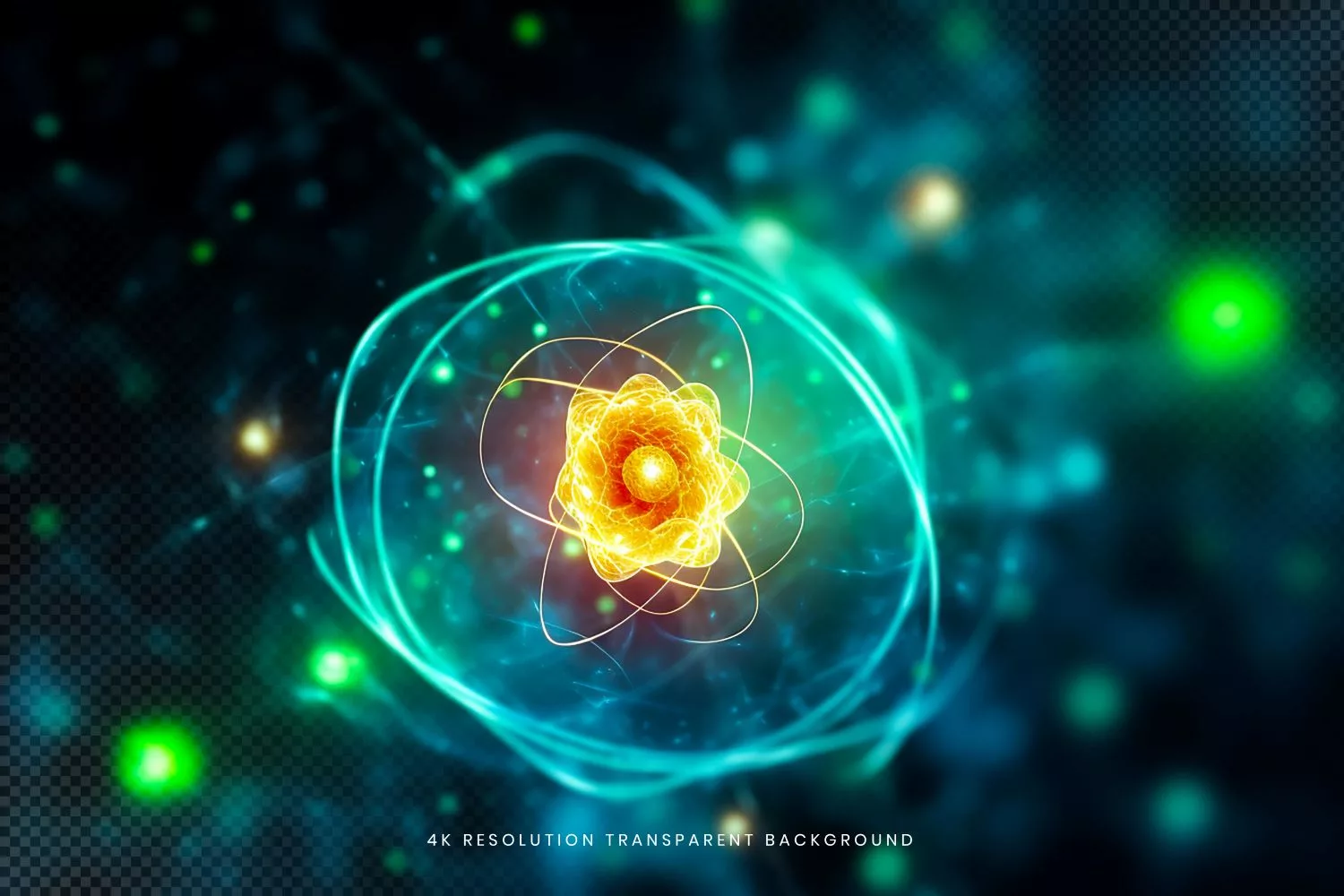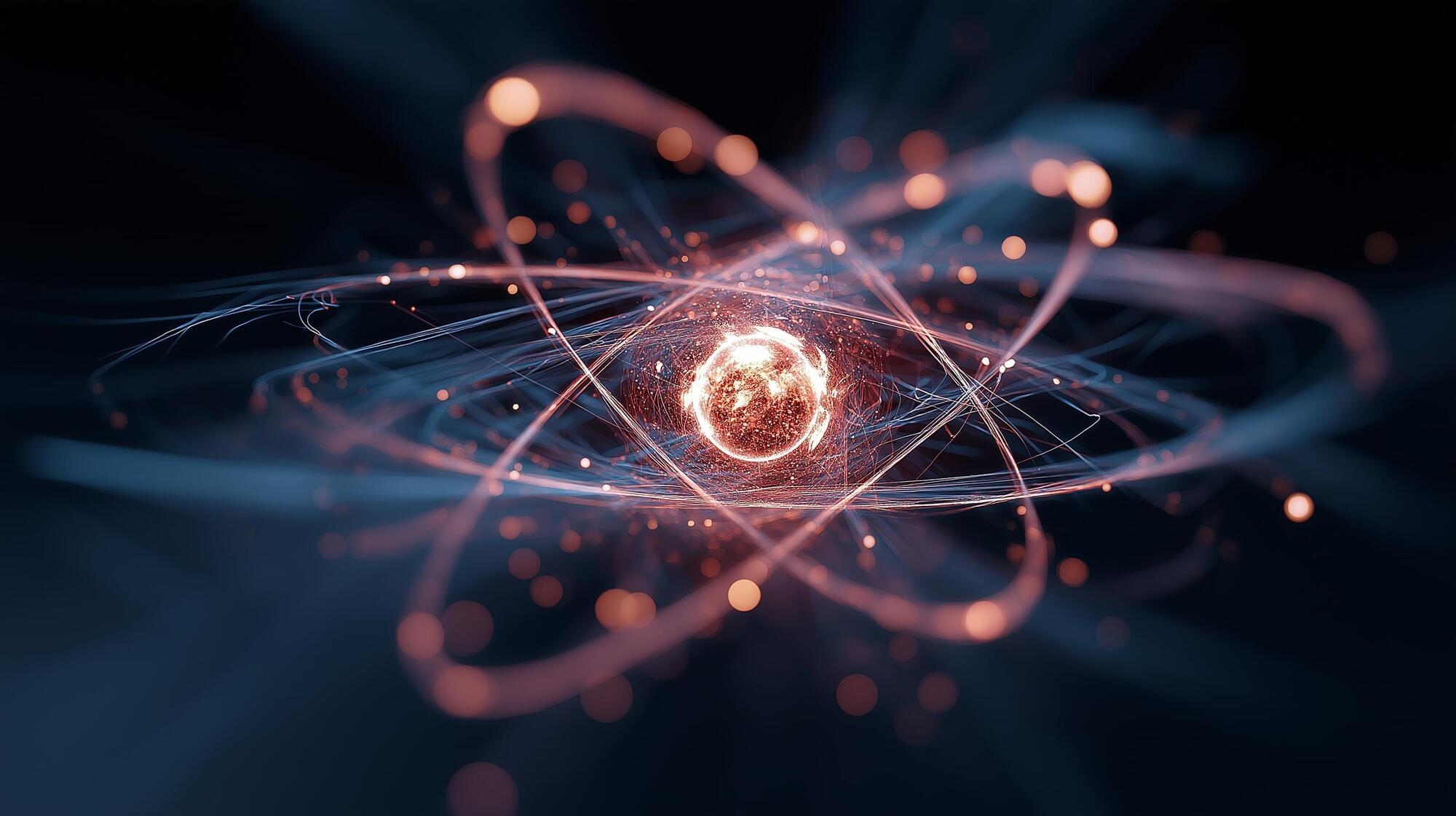Evidence that quantum information can get scrambled unconventionally in a chain of atoms could improve our understanding of quantum many-body dynamics.



Exploring the BTZ black hole in (2+1)-dimensional gravity took me down a fascinating rabbit hole, connecting ideas I never expected—like black holes and topological phases in quantum matter! When I swapped the roles of space and time in the equations (it felt like turning my map upside down when I was lost in a new city), I discovered an interior version of the solution existing alongside the familiar exterior, each with its own thermofield double state.

UC Riverside researchers have unveiled a powerful new imaging technique that exposes how cutting-edge materials used in solar panels and light sensors convert light into electricity—offering a path to better, faster, and more efficient devices.
The breakthrough, published in the journal Science Advances, could lead to improvements in solar energy systems and optical communications technology. The study title is “Deciphering photocurrent mechanisms at the nanoscale in van der Waals interfaces for enhanced optoelectronic applications.”
The research team, led by associate professors Ming Liu and Ruoxue Yan of UCR’s Bourns College of Engineering, developed a three-dimensional imaging method that distinguishes between two fundamental processes by which light is transformed into electric current in quantum materials.

Scientists have discovered a new way that matter can exist—one that is different from the usual states of solid, liquid, gas or plasma—at the interface of two exotic materials made into a sandwich.
The new quantum state, called quantum liquid crystal, appears to follow its own rules and offers characteristics that could pave the way for advanced technological applications, the scientists said.
In an article published in the journal Science Advances, a Rutgers-led team of researchers described an experiment that focused on the interaction between a conducting material called the Weyl semimetal and an insulating magnetic material known as spin ice when both are subjected to an extremely high magnetic field. Both materials individually are known for their unique and complex properties.


#ArtificialIntelligence #CyberSecurity #QuantumComputing
The transformative effects of emerging technologies in this year by artificial intelligence and quantum computing will be hugely impactful; however, their cybersecurity challenges on society will require the need for proactive security adaptation and collaboration to mitigate new threats.

Explore the entire life story of the cosmos, from quantum flickers at the Big Bang to the distant eras of black holes and dark energy, and discover what kinds of civilizations might endure across these unimaginable spans of time.
Watch my exclusive video Mass Drivers on the Moon: https://nebula.tv/videos/isaacarthur-mass-drivers-on-the-moo…ar-economy.
Get Nebula using my link for 40% off an annual subscription: https://go.nebula.tv/isaacarthur.
Get a Lifetime Membership to Nebula for only $300: https://go.nebula.tv/lifetime?ref=isaacarthur.
Use the link https://gift.nebula.tv/isaacarthur to give a year of Nebula to a friend for just $36.
Visit our Website: http://www.isaacarthur.net.
Join Nebula: https://go.nebula.tv/isaacarthur.
Support us on Patreon: https://www.patreon.com/IsaacArthur.
Support us on Subscribestar: https://www.subscribestar.com/isaac-arthur.
Facebook Group: https://www.facebook.com/groups/1583992725237264/
Reddit: https://www.reddit.com/r/IsaacArthur/
Twitter: https://twitter.com/Isaac_A_Arthur on Twitter and RT our future content.
SFIA Discord Server: https://discord.gg/53GAShE
Credits:
Spaceport Innovations — Designing the Next Generation of Launch Sites.
July 31, 2025; Episode 744
Written, Produced & Narrated by: Isaac Arthur.
Epochs of the Universe — The Cosmic Clock & Civilization (July 31, 2025)
Recorded: June 2025
Written by: Isaac Arthur.
Editor: Lukas Konecny.
Select imagery/video supplied by Getty Images.
Music Courtesy of Epidemic Sound http://epidemicsound.com/creator.
Chapters.
0:00 Intro.
2:26 The T-Scale — Time, Terrifyingly Large and Small.
8:25 The Grand Unification Epoch.
10:30 The Inflationary Epoch.
15:40 The Electroweak Epoch.
17:41 The Quark Epoch.
18:19 The Hadron Epoch.
19:28 The Early Universe.
22:52 The Stelliferous Era (T10–T14)
22:24 Into the Darkness (T15-T67)
31:56 The Sojourn.
32:54 The Black Hole Era.
36:55 The Dark Era.
40:29 Final Fates: Cycles, Cracks, and Cosmic Cliffhangers.

This report reviews the construction and potential use of FTQC (Fault Tolerant Quantum Computing) computers to reliably perform complex calculations by overcoming the problems posed by the errors and noise inherent in quantum systems.
After recalling the reality of the quantum advantage and its needs, the report describes the use of error-correcting codes in the design of FTQCi computers. It then reports on the progress of the five most advanced physical technologies in the world for building such computers and the obstacles they will have to face in order to achieve the transition to scale necessary for the execution of useful applications. Finally, it discusses the technical and economic environment for quantum computers, how their performance can be compared and evaluated, and their future coexistence with other computing technologies (3D silicon, AI) or with supercomputers.

An imaging method provides unprecedented resolution for studies of quantum materials by relying on superconductors’ extreme sensitivity to light.
The energy deposited in a superconductor by a single photon can register a detectable signal, which is why superconductors are employed in some extremely sensitive detectors. Now researchers have shown how to use this sensitivity to create maps of the superconducting properties of a material with nanometer resolution [1]. The technique can also detect polaritons—hybrid light–matter excitations that may be useful in quantum technologies—with higher resolution than earlier methods. The researchers expect the new technique to be useful in fields as diverse as quantum information and nanophotonics.
When a superconductor held just below its critical temperature absorbs a single photon, the superconductivity can be destroyed in a small region of the material, triggering a small electrical signal. Recent advances have expanded the operating temperatures of such detectors and improved their sensitivities to photons over a wide range of frequencies, enabling many new applications. Mengkun Liu of Stony Brook University in New York and colleagues wondered if the same sensitivity might be employed to build high-resolution spatial maps of the properties of superconducting samples. “Spatial variations often influence superconducting strength and coherence, so an ability to image these properties locally would bring valuable insight,” says Stony Brook team member Ran Jing.